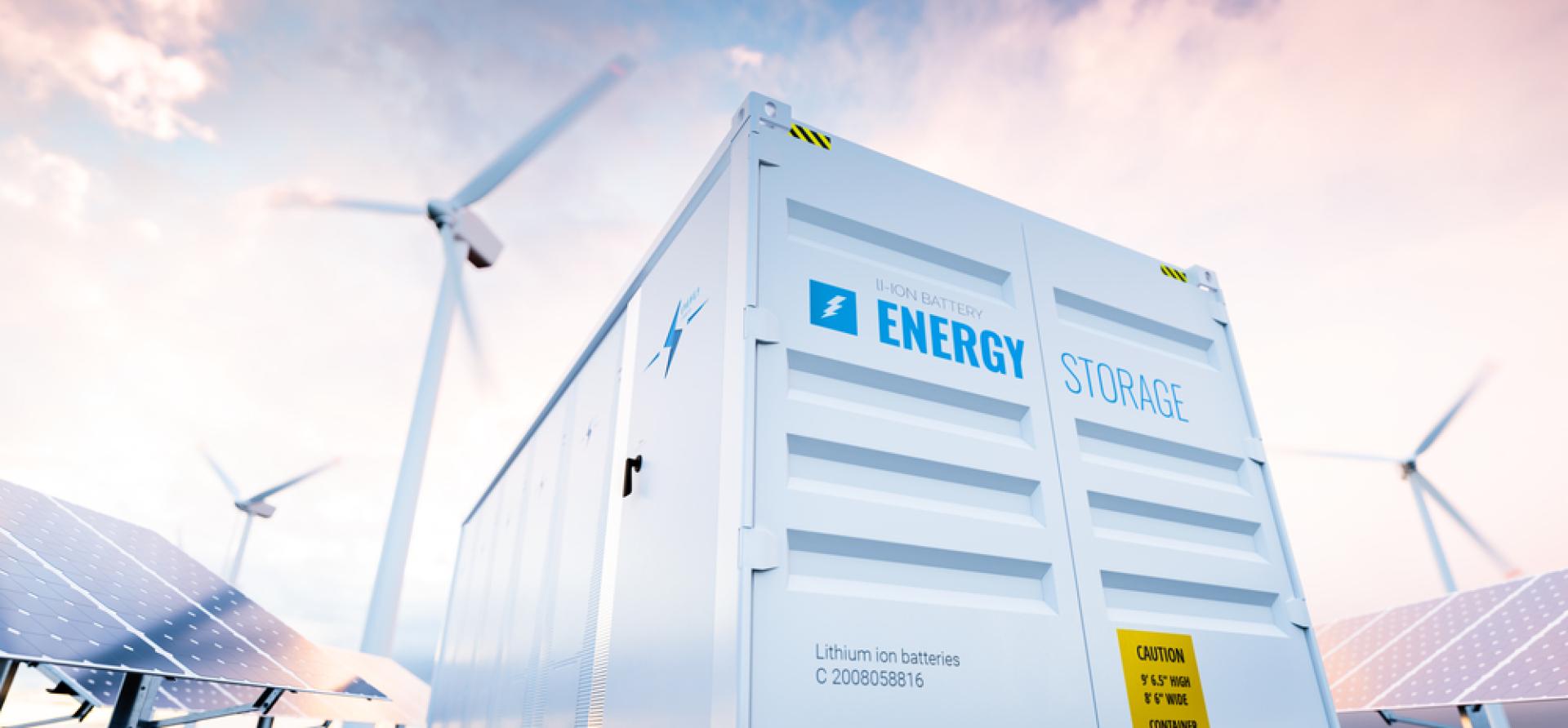India’s 2030 renewable energy growth plan needs reliable and scalable backup power resources

Key Findings
The Indian power grid needs a fast-responding backup power resource to even out the short and sudden variability in renewable energy generation.
While building pumped storage plants on time and within budget is a challenge, battery energy storage projects can come up comparatively quickly – modularly, distributed and at known costs.
To achieve the fast-approaching 2030 power generation capacity goal, India should support the deployment of battery energy storage systems for multiple use cases.
India is one of the world leaders in renewable energy. By 2030, the country plans to have 50% of its power-generating capacity from non-fossil fuel sources. As the country pushes to achieve this ambitious goal, it must also ensure grid stability.
As solar and wind power are variable and depend on weather conditions, they can create supply-demand imbalances. For handling such imbalances, the grid needs a fast-responding backup power resource to even out the short and sudden variability in renewable energy generation of less than four hours. Incumbent thermal generators meet longer and more predictable variability of renewables.
Unlike many developed countries with net-zero commitments by 2050 or earlier, where coal generation has to stop outright, this backup strategy allows a gradual phasing out of India’s relatively new coal fleet, in line with India’s goal of achieving net zero by 2070.
Globally, gas-based power plants have acted as a backup resource. In India, gas availability is scarce and the landed cost of imported gas is high, making it unviable. India has coal capacity, but coal-based plants are less flexible and take time to come online as incremental capacity. Neither can store excess wind and solar generation. Thus, India's choice of power backup resources boils down to pumped-hydro storage plants and battery-based energy storage systems (BESS).
The Australian experience
In recent history, the policy debate on backup power resources has played out in Australia, a developed nation with a net zero goal of 2050. In 2017, Australia decided to build a large 2,000 megawatts (MW) Snowy Hydro 2.0 pumped hydro backup resource to help replace coal, estimated to cost A$2 billion and be completed in 2021. In pumped hydro technology, water is pumped to the upper reservoir using excess renewable energy. During high demand, stored water is released to the lower reservoir through a turbine to produce electricity.
In 2023, the Snowy Hydro 2.0 project is lagging way behind schedule. Cost estimates have escalated 6x from the original estimate to A$12 billion and operation is expected in 2029 – eight years later than initially forecast. These have had knock-on effects on Australia’s energy transition: coal power plants have not exited as quickly as they could have and the upcoming electricity supply gaps forecasted by the Australian Energy Market Operator. The Australian government, which owns the project, is expected to continue its financial support of Snowy Hydro 2.0 to help stabilise the country’s electricity market.
While the ambitious Snowy Hydro 2.0 build is ambling along, Australia’s National Electricity Market already has 18 battery energy storage projects in service, totalling 1,150MW/1,619 megawatt-hour (MWh) capacity. There are another 27 battery projects with a combined capacity of 5,490MW/12,105MWh likely to come online in the near future.
From a functional characteristics point of view, power from big batteries can be ramped up quickly as the need arises. They have a response time of milliseconds and can be started and stopped as many times as necessary with a single charge/discharge duration usually up to four hours. BESS can offer ancillary services to the grid while acting as a backup power resource, making them useful while introducing redundancy to the system.
Battery energy storage systems are ideal for achieving short-term goals
In India, BESS projects connect to the national grid at existing substations. The nation will commission its largest, a 75MW/150MWh BESS in Karnataka by the end of 2023. Site work to set up the project on the ground took a mere 60 days and commissioning is in progress. A different 25MW/100MWh BESS will be commissioned in 2024 in Rajasthan. Various central and state public sector enterprises have awarded 1,850MW of renewable energy plus storage and standalone battery storage projects since August 2022.
Meanwhile, multiple new pumped hydro projects are on the drawing board, offering longer-duration energy storage capability. Locating pumped hydro sites the size of a township with a significant gradient between upper and lower reservoirs in seismically stable zones without disturbing sensitive ecosystems and the local population is challenging. Sites in hill topographies have an added cost of building the evacuation infrastructure. Building greenfield plants, quickly and cheaply near urban centres has many risks.
While building pumped storage plants on time and within budget is a challenge, BESS projects can come up comparatively quickly – modularly, distributed and at known costs. To achieve the fast-approaching 2030 power generation capacity goal, India should support the deployment of BESS for multiple use cases.
The recently notified National Framework for Promoting Energy Storage Systems and the announcement of a viability gap support program for BESS are steps in the right direction. The government should now call for quick tenders and create an enabling policy and regulatory regime for grid ancillary services. Proper policy support could create a large, multi-gigawatt-sized backup power resource for the national grid in about two years, a huge step in achieving 2030 climate goals.
This article was first published by The Hindu BusinessLIne.

















